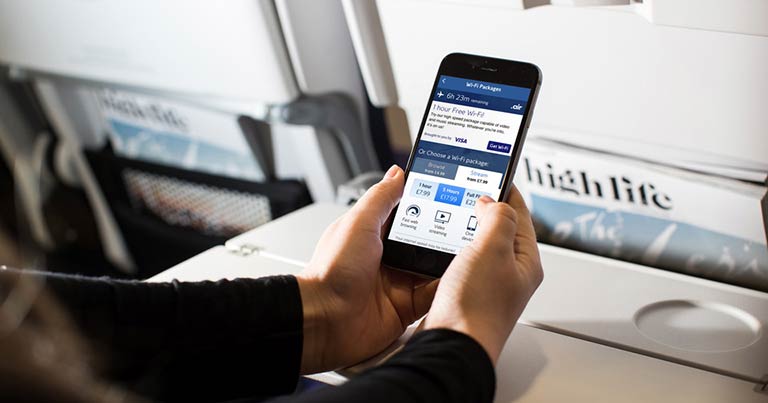China is the largest tourist spending market in Finland, especially in
accommodation and shopping.At the same time, they are generally interested in outdoor activities
such as dog sledging and aurora chasing tours in winter, and lakeside getaways
in summer.Although Finland has a large number of innovative technologies, tourism
services are in traditional methods.However, with more Chinese tourists opting for free independent travel (FIT),
In order to achieve this goal, from 2016, the Finnish Tourist Board has
cooperated with China E-Commerce and launched its own tourism project.In addition to online cooperation, they also cooperated with
traditional tourism operators. What’s more, Finland will launch destination
campaigns with Utour in the next two years, leveraging the Chinese partner’s
local resources to promote Finland’s summer and lakeside offerings.
Because of the importance attached to B2C and the popularity of WeChat in China, Visit Finland has deployed a strategy to leverage the influence of
its partner agencies or influencers on WeChat’s subscription platform,
meanwhile, concentrated on the stories told by their partners. Fortunately, the platform has a lot of views.
Finally, they think that they should not blindly pursue numbers in the
future, but should pay attention to the latest needs of Chinese tourists.In addition, Finland has become a part of ITB CHINA 2018, a B2B travel trade
show that focuses on China’s outbound sector.
The
content mentioned in this article is related to the distribution strategy in
our digital marketing course that according to the analysis of passenger data
in previous years, Finland has discovered the great potential of Chinese
tourists source market and accurately positioned and segment, cooperated with
local online travel distributor Fliggy and Ctrip in China to promote local
tourism and recreational projects. “going it alone” will become a thing of the
past, the evidence is certainly stacking up in favour of considering a business
alliance. As known that distribution decisions often interdependent with other
marketing mix variables, Finland invested and built up a close relationship
with Chinese digital partners matches the Millennial travelers’ needs, who have
the highest purchasing power in the neat future, i believe it will brings huge
potential consumption.
 Besides, in the mix of its online and offline
marketing strategies, Visit Finland highly value the importance of digital
marketing on B2C channels like different social media and online platforms,
particularly in the China market, so that it Fully exerted influence its
partner agencies on WeChat’s subscription platform. Taking it as an example
that Visit Finland worked on getting stories told on its partners to get
greater exposure, and what Finland valued most in the partnership with Fliggy
is their story-telling skills to increase direct customer engagement.
Storytelling is probably best defined or understood through the impacts that it
makes and the impressions it leaves, branding is storytelling as well, so
that partnered with Fliggy now elevating brand awareness of the destination
Finland and set the stage for success.
Besides, in the mix of its online and offline
marketing strategies, Visit Finland highly value the importance of digital
marketing on B2C channels like different social media and online platforms,
particularly in the China market, so that it Fully exerted influence its
partner agencies on WeChat’s subscription platform. Taking it as an example
that Visit Finland worked on getting stories told on its partners to get
greater exposure, and what Finland valued most in the partnership with Fliggy
is their story-telling skills to increase direct customer engagement.
Storytelling is probably best defined or understood through the impacts that it
makes and the impressions it leaves, branding is storytelling as well, so
that partnered with Fliggy now elevating brand awareness of the destination
Finland and set the stage for success.Source : https://www.tnooz.com/article/visit-finland-chinese-tourists







